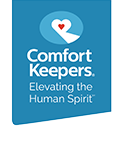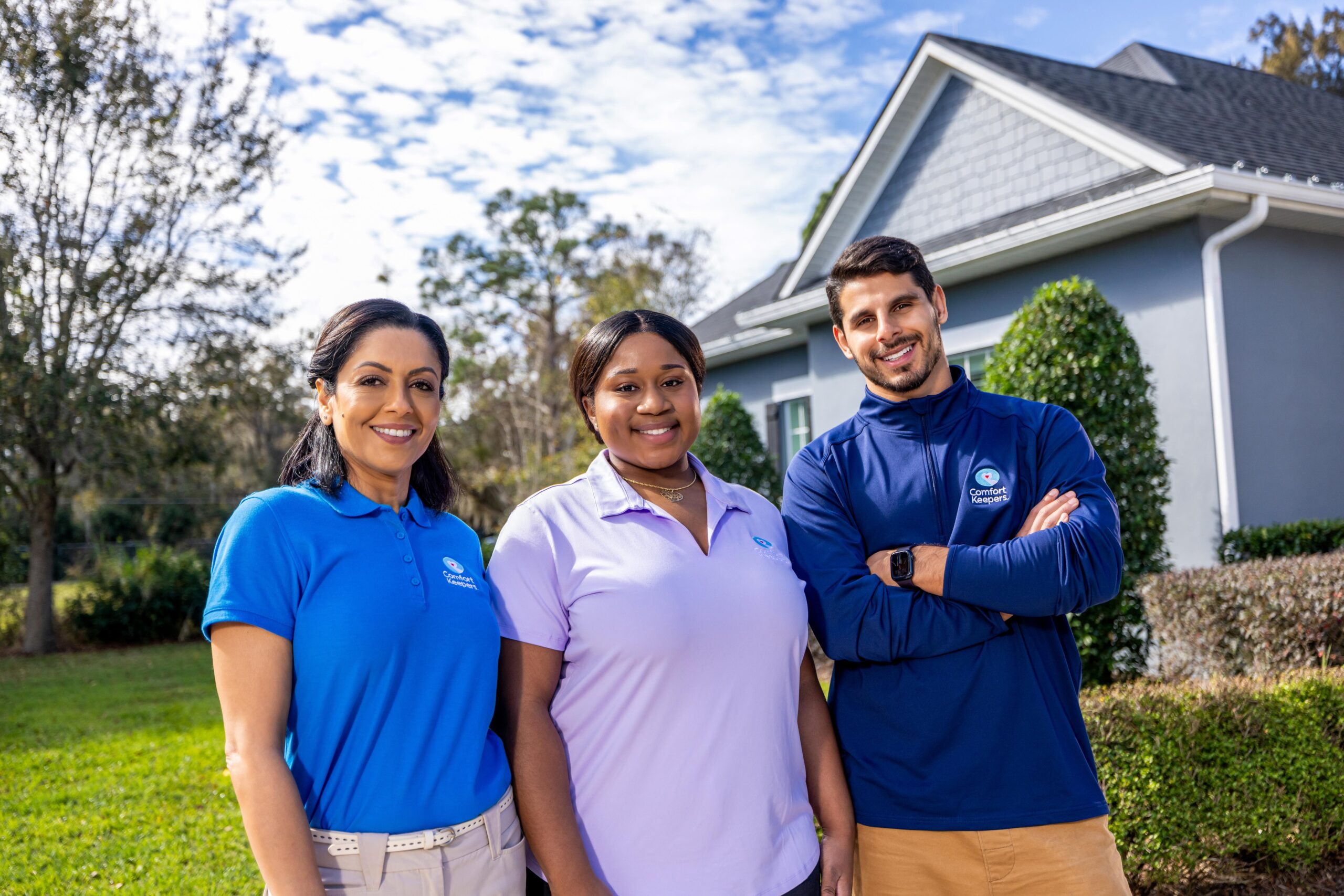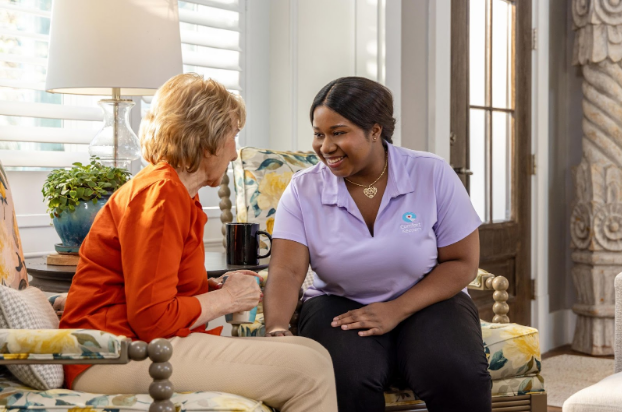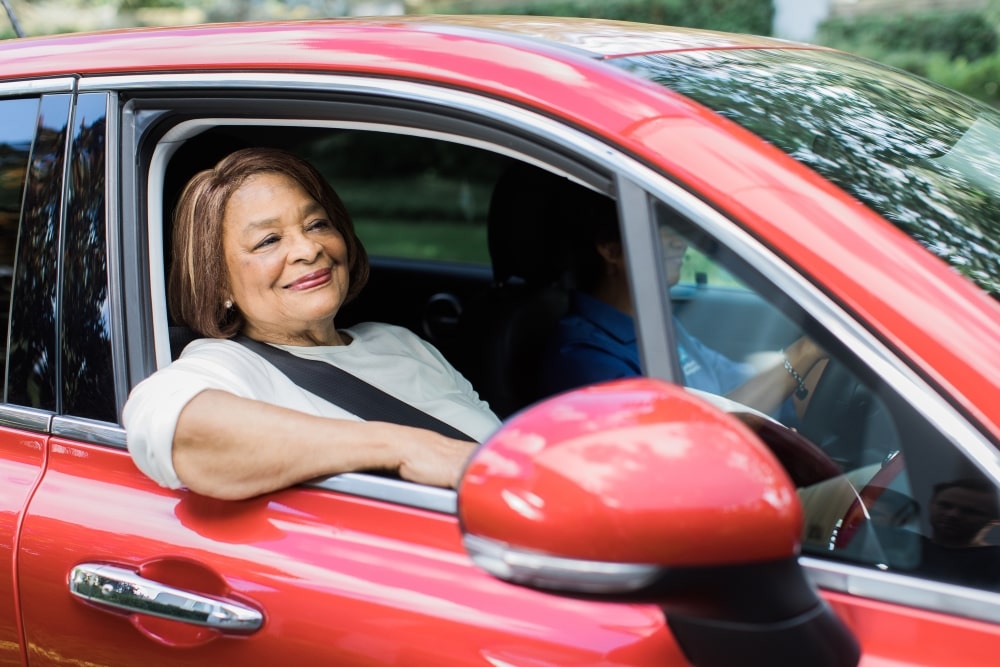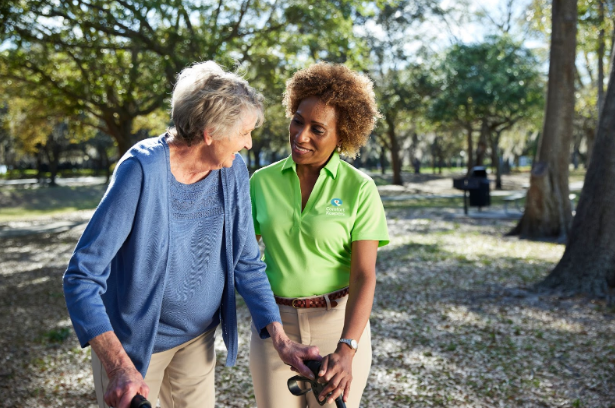Strokes and In-Home Care: Understand the Signs, Rehabilitation, and Risk Reduction for Seniors
Senior Stroke Care | February 16, 2024
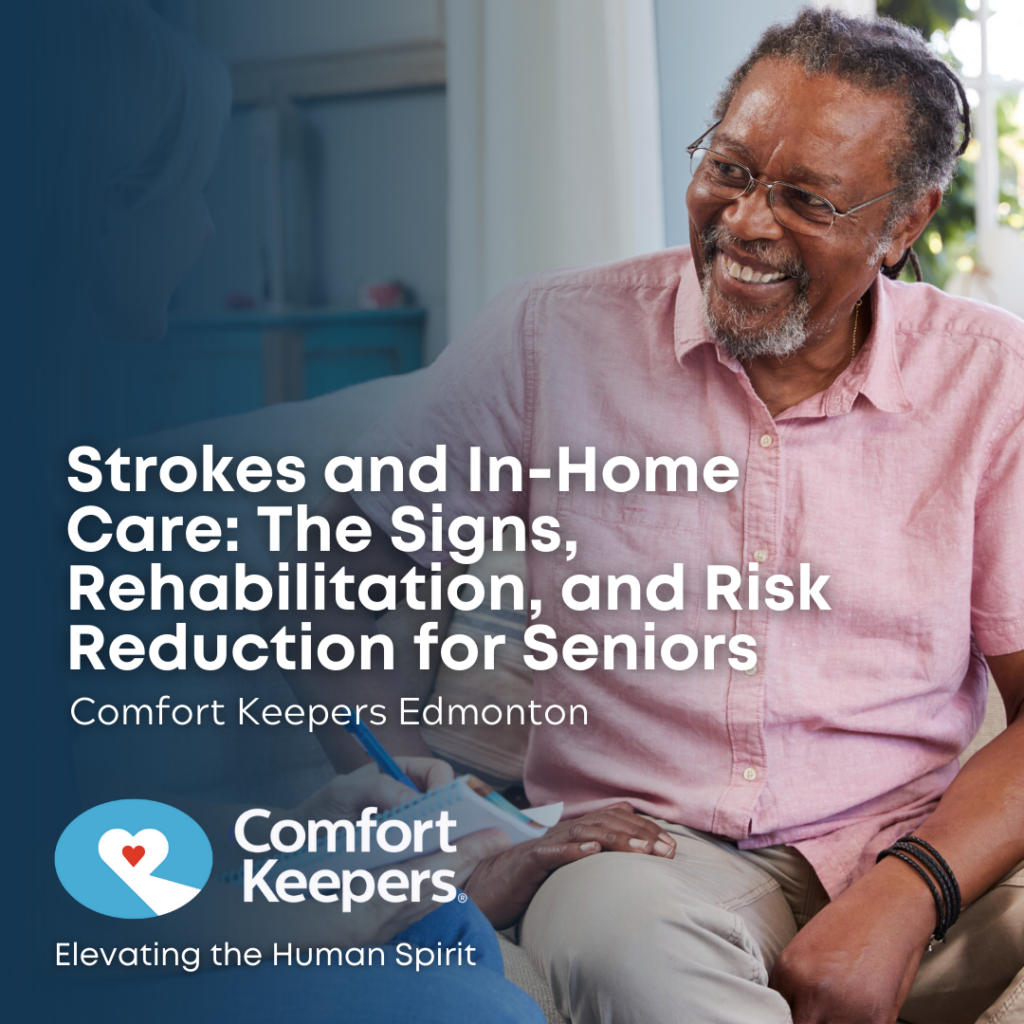
What Every Senior in Edmonton, AB, Needs to Know About Strokes and Senior Care
Strokes and In-Home Care | Annually in Canada, there are more than 50,000 newly occurring strokes, or approximately, one stroke every 10 minutes. The majority of these strokes, approximately three-quarters, occur in individuals over the age of 65.
When considering a stroke, we often think of facial paralysis, confusion, and intense headaches. However, these are only basic indicators of a stroke. To truly comprehend the causes and effectively handle the situation, we must delve deeper into its complex nature to minimize the chances of fatality and lasting brain damage.
Strokes and In-Home Care: Types Of Strokes in Seniors
When discussing strokes, the general term used is ischemic stroke. This type is responsible for about 80% of all strokes, and it happens when a blood vessel leading to the brain becomes blocked, preventing blood flow to certain areas. This lack of blood flow results in a decreased supply of oxygen and other important nutrients to the brain. Even just one minute without these essential elements can lead to the death of brain cells.
The second type of stroke, referred to as a hemorrhagic stroke, makes up 20% of all strokes. It is characterized by the overflow of blood into the brain, causing harm to nerve cells. Typically, this type of stroke results from high blood pressure causing an aneurysm, which is a vulnerable and stretched section in an artery wall, to rupture.
Strokes and In-Home Care: Signs Of Stroke in Seniors
Regarding stroke risk, time is of the essence. Prompt treatment is crucial in preventing permanent damage to vulnerable brain cells. The complexity of strokes can make the identification of warning signs a challenge. This can be particularly tricky for older individuals, as they experience strokes at higher rates than any other age group.
Here are indicators to watch for in yourself or your elderly family member. All individuals need to be familiar with the signs of stroke to recognize when it’s necessary to seek urgent medical help.
- Confusion or sudden changes in behaviour
- Partial loss of vision
- Sudden trouble walking
- Sudden dizziness
- Sudden loss of coordination
- Sudden severe headache
- Sudden difficulty speaking or understanding others
- Onset of weakness or paralysis of any part of the body
- Double vision
If you observe any of these indications in your elderly family member, do not hesitate or delay until the symptoms exacerbate. As mentioned earlier, swift action must be taken and emergency services should be contacted promptly to prevent irreversible brain damage. The affected person must receive a diagnosis within three hours of onset and reach the hospital within an hour for treatments to have the best chance of success.
Strokes and In-Home Care: Senior Stroke Rehabilitation
The level of rehabilitation required varies based on the severity of a stroke, however, most healthcare experts will suggest at least one form of therapy or a combination. Physical therapy aids in relearning basic motor tasks, including walking and lying down, through specific exercises. Additionally, occupational therapy can assist patients in regaining independence in daily activities like bathing, dressing, eating and writing. In some cases, speech therapy may also be suggested to aid in the restoration of communication abilities.
Since hypertension can lead to strokes, physicians may also recommend medication to regulate blood pressure and decrease the likelihood of developing blood clots.
Strokes and In-Home Care: Senior Stroke Prevention
Over the past few decades, the likelihood of surviving a stroke has risen significantly. The American Heart Association confirms that, while it used to be the fourth leading cause of death in the United States, it now ranks fifth. This improvement is attributed to a better understanding of warning signs and successful treatment methods. In addition, educating people about recommended lifestyle changes has played a significant role.
The following are some tips that your loved one can adhere to to lower their risk of having a stroke:
- Manage blood pressure
- Minimize stress (through healthy outlets)
- Quit smoking
- Limit consumption of alcohol
- Exercise regularly (upon physician approval)
- Maintain a healthy weight
- Modify diet to include foods that are low in saturated fat and sodium
- Manage cholesterol levels (consult your physician for options)
Promoting a healthy lifestyle is the foundation of risk reduction. If your older family member has a history of stroke, it’s important to advise them to adhere to these recommendations. Ensure seniors also arrange routine check-ups with a healthcare provider to pinpoint other risk factors and preventative approaches.
Comfort Keepers® Edmonton is Proud to Offer a Wide Range of Home Senior Care Services
Our trained caregivers will ensure your loved one is comfortable, independent and safe in their home. On top of that, we will also aim to enhance their overall health, quality of life and general happiness.
Top-Notch Home Healthcare for Seniors in Edmonton, Alberta
Comfort Keepers of Edmonton offers a wider range of senior care services. We offer retirement care, respite care, senior care, companionship care, end-of-life care, post-surgery care, palliative care, personal care, and senior living transition services. If you are concerned about the health and well-being of your aging loved ones we can help with 24-hour care and more!
Helping Seniors Age-in-Place with Companionship Care and Interactive Caregiving™
Empathetic care starts in the heart and allows us to meet our client’s needs. Our trained caregivers are selected with one specific quality in mind, empathy. We strive to stimulate our clients emotionally, mentally and socially, thus enhancing their overall quality of life.
Our Interactive Caregiving™ provides a system of care that addresses companionship, safety, nutrition, mind, body, and activities of daily living (ADLs). The system increases seniors’ sense of well-being, independence and companionship by focusing on Senior Mind, Senior Body, Senior Nutrition, and Senior Safety.
Affordable and Client-Directed Homecare is Available for Qualifying Albertans
Comfort Keepers® Edmonton is an Approved Service Provider for the Client Directed Homecare Invoicing (CDHCI) Program Offered by Alberta Health Services.
What is the Client Directed Home Care Invoicing Program (CDHCI)?
CDHCI is a great program provided by Alberta Health Services (AHS), allowing clients to choose an approved agency like, Comfort Keepers Edmonton for Personal Care, Respite Care and Homemaking needs. The chosen agency can then bill AHS directly for services rendered for approved hours through Alberta Blue Cross. Read more about the program HERE.
Accredited Home Care Edmonton
Comfort Keepers® Edmonton was awarded the “Accredited with Exemplary Standing” seal by Accreditation Canada. This honour demonstrates Comfort Keepers’ commitment to offering safe, high-quality home care to its senior clients in Edmonton, AB.
To learn more about senior in-home care in Edmonton, contact the Comfort Keepers® office. Our service territory includes Edmonton, Devon, Sherwood Park, Stony Plain and surrounding areas, contact the Comfort Keepers Edmonton office at 780-465-4665.
References:
- MedicineNet.com. “Stroke Symptoms and Treatment” by Benjamin Wedro, Charles Patrick Davis. Web. 2017.
- NIH Senior Health. “Stroke.” Web. 2017.
- American Heart Association. “About Stroke.” Web. 2017.
Individualized Home Care Options
Long-Term Home Care, 24 Hour Home Care & Short Term Care Options Customized for You



